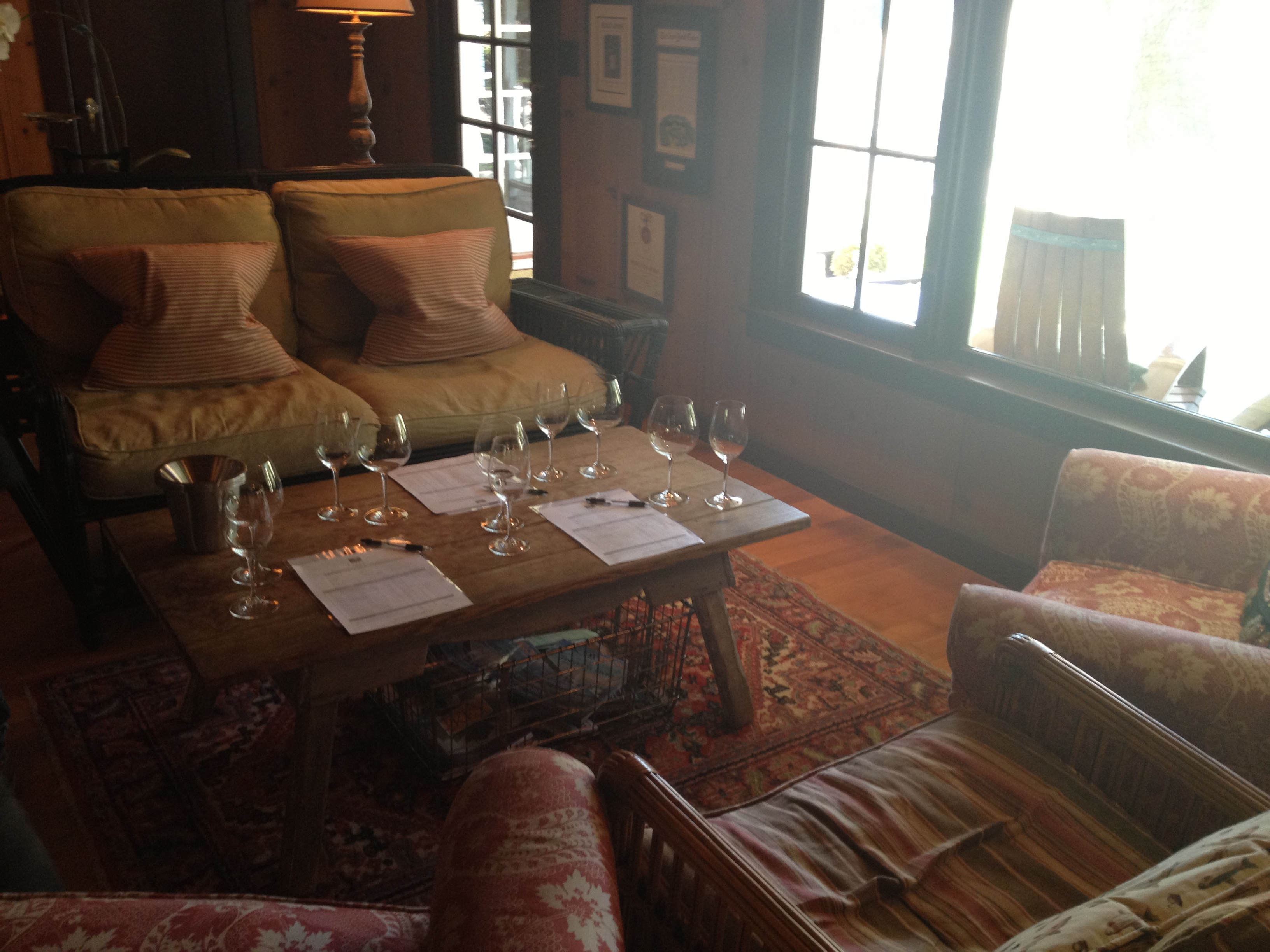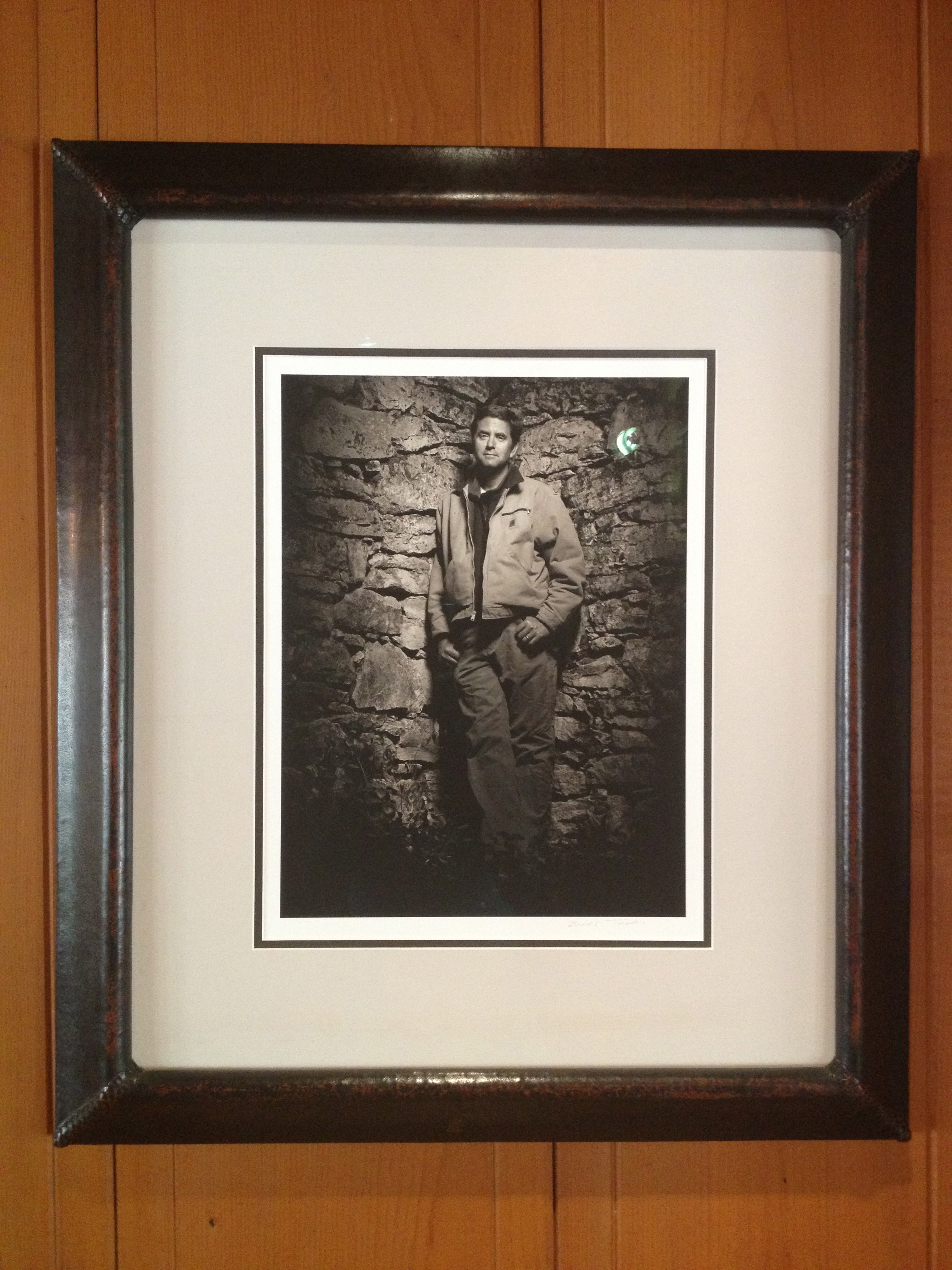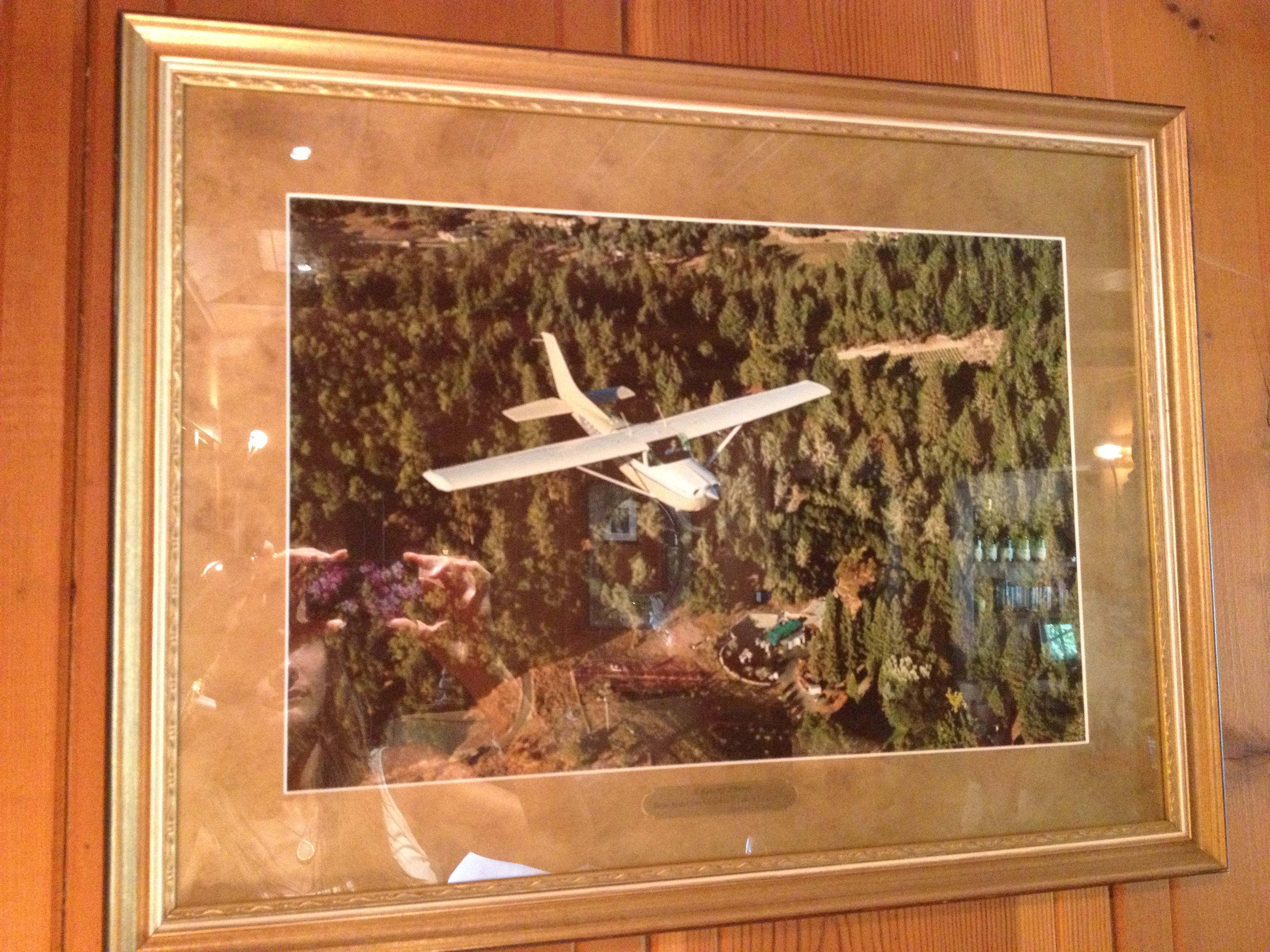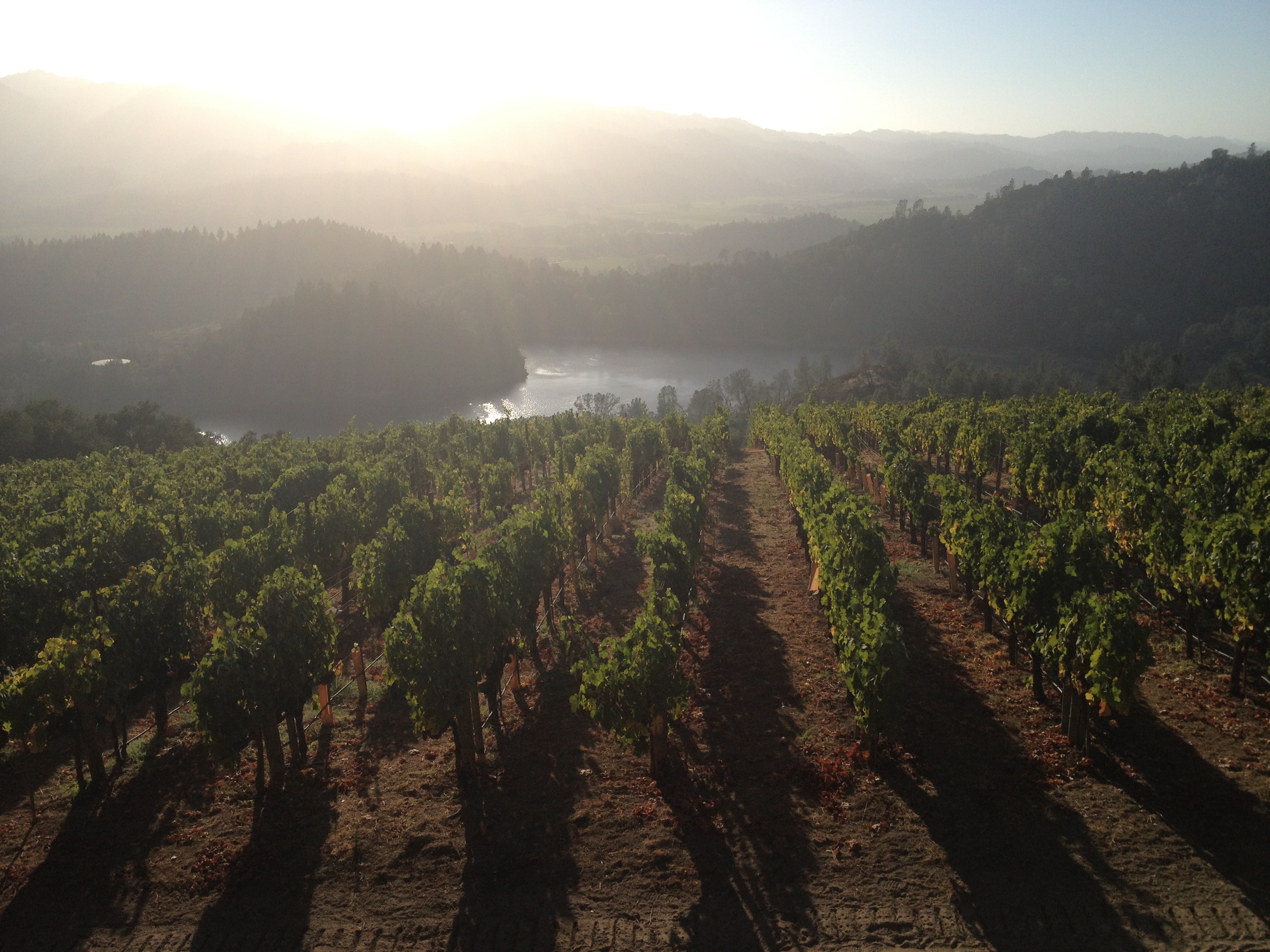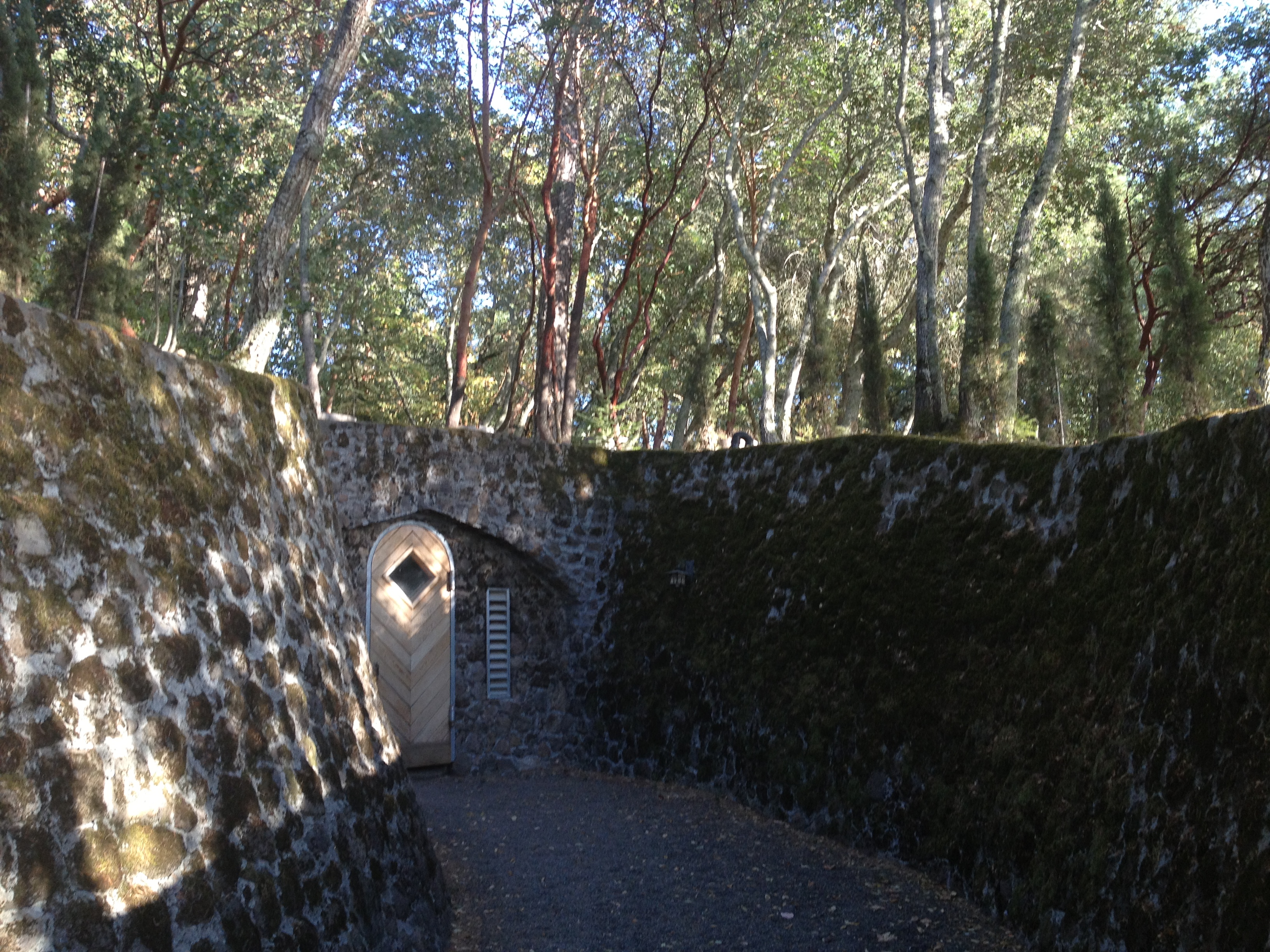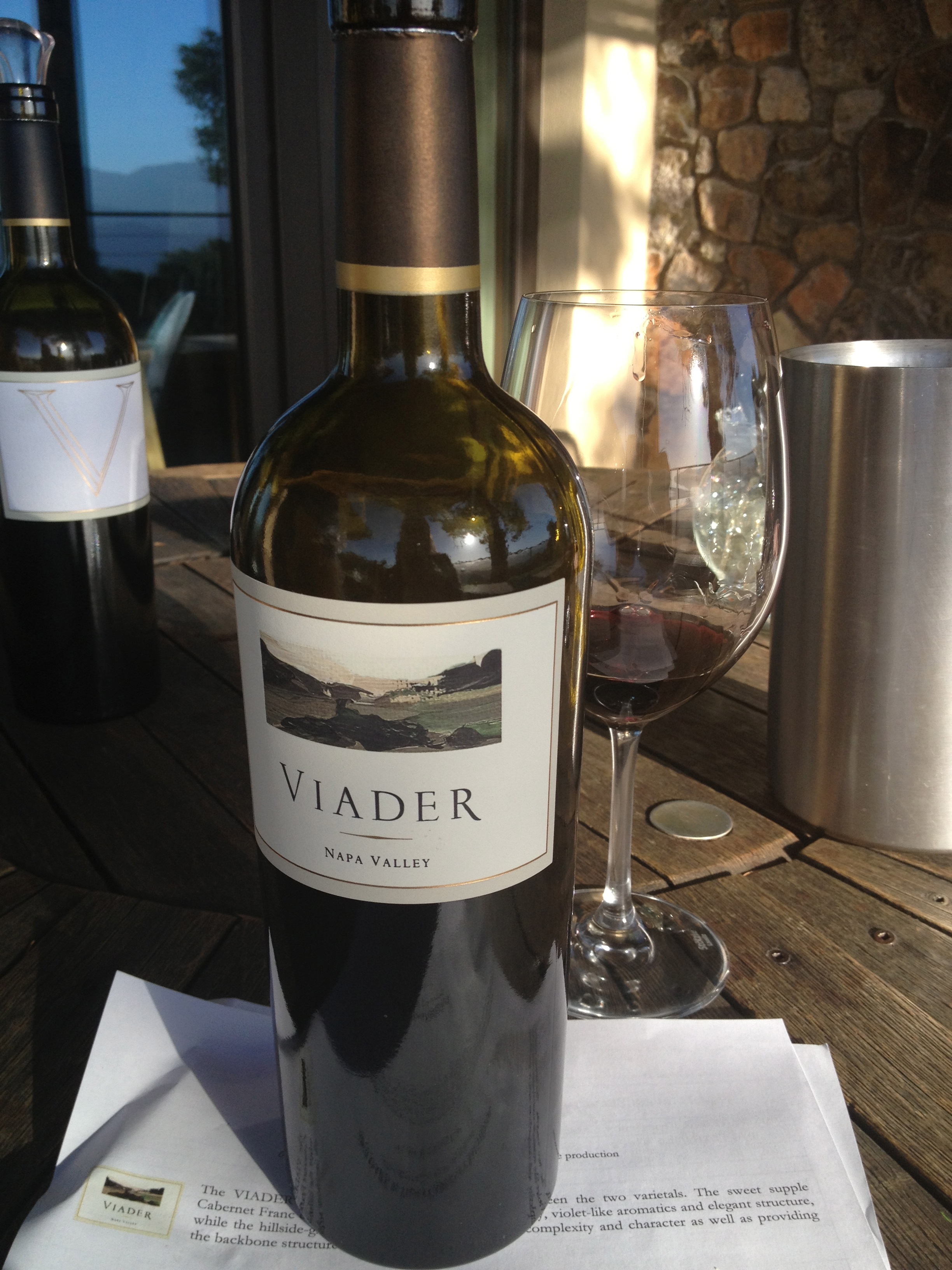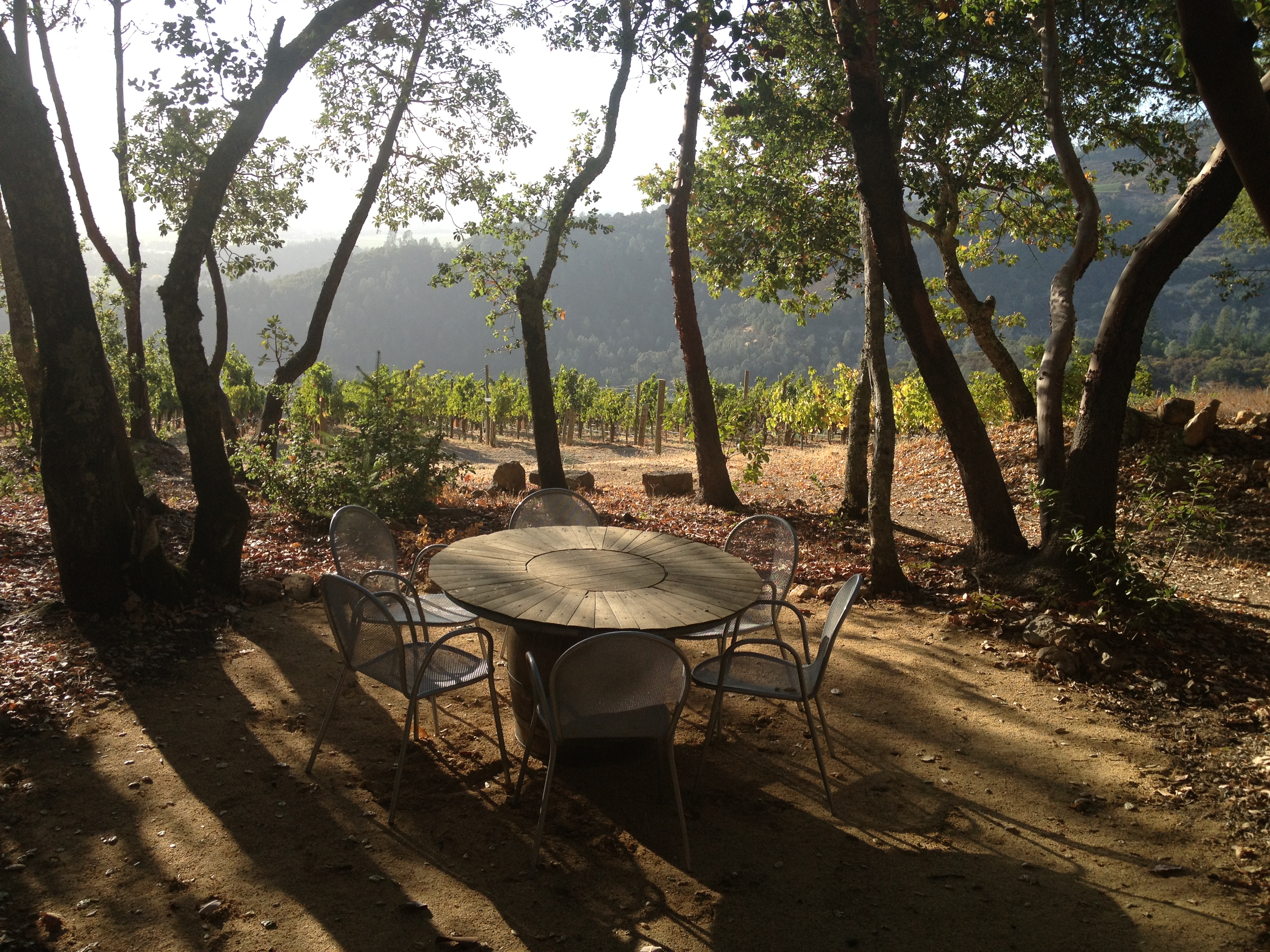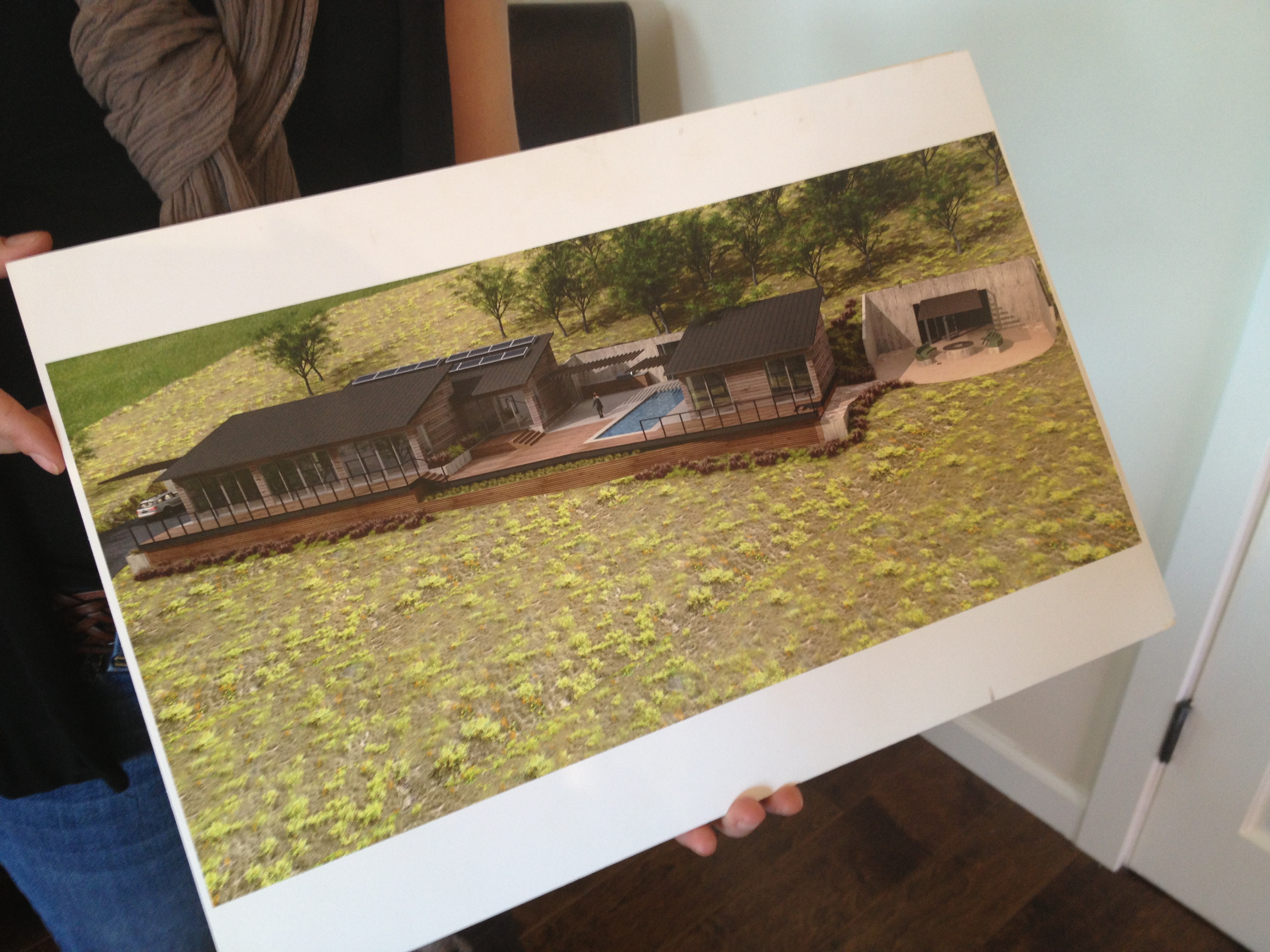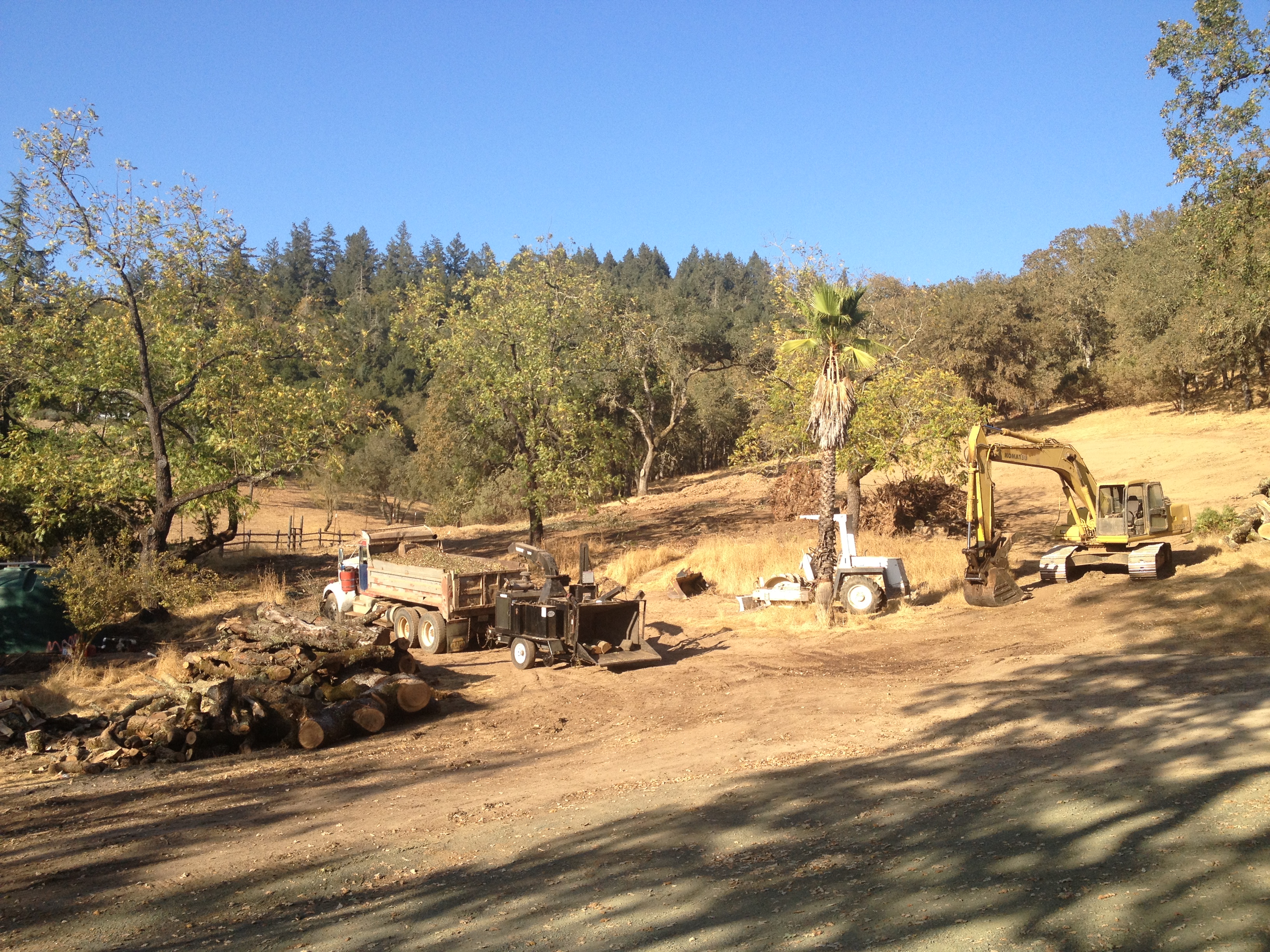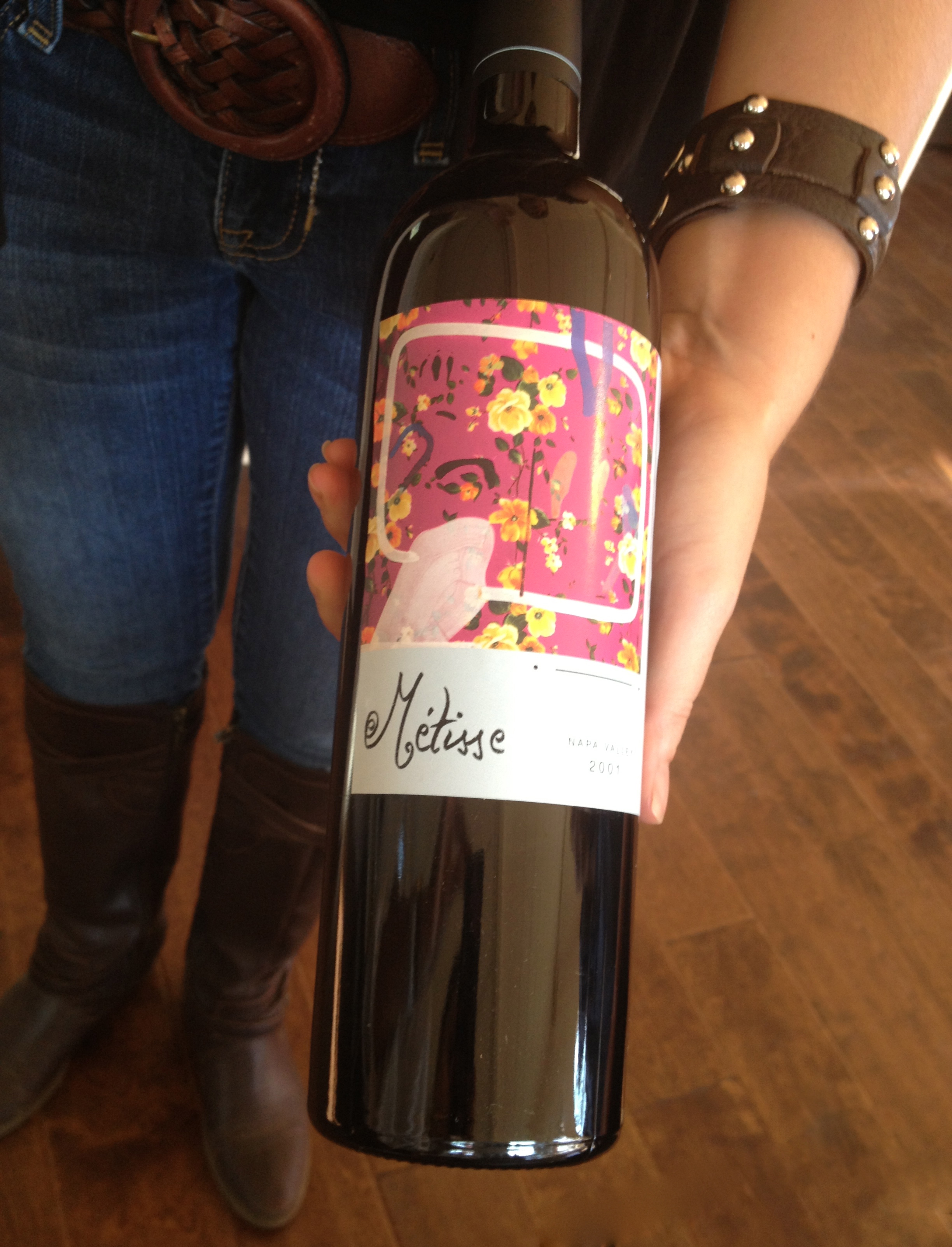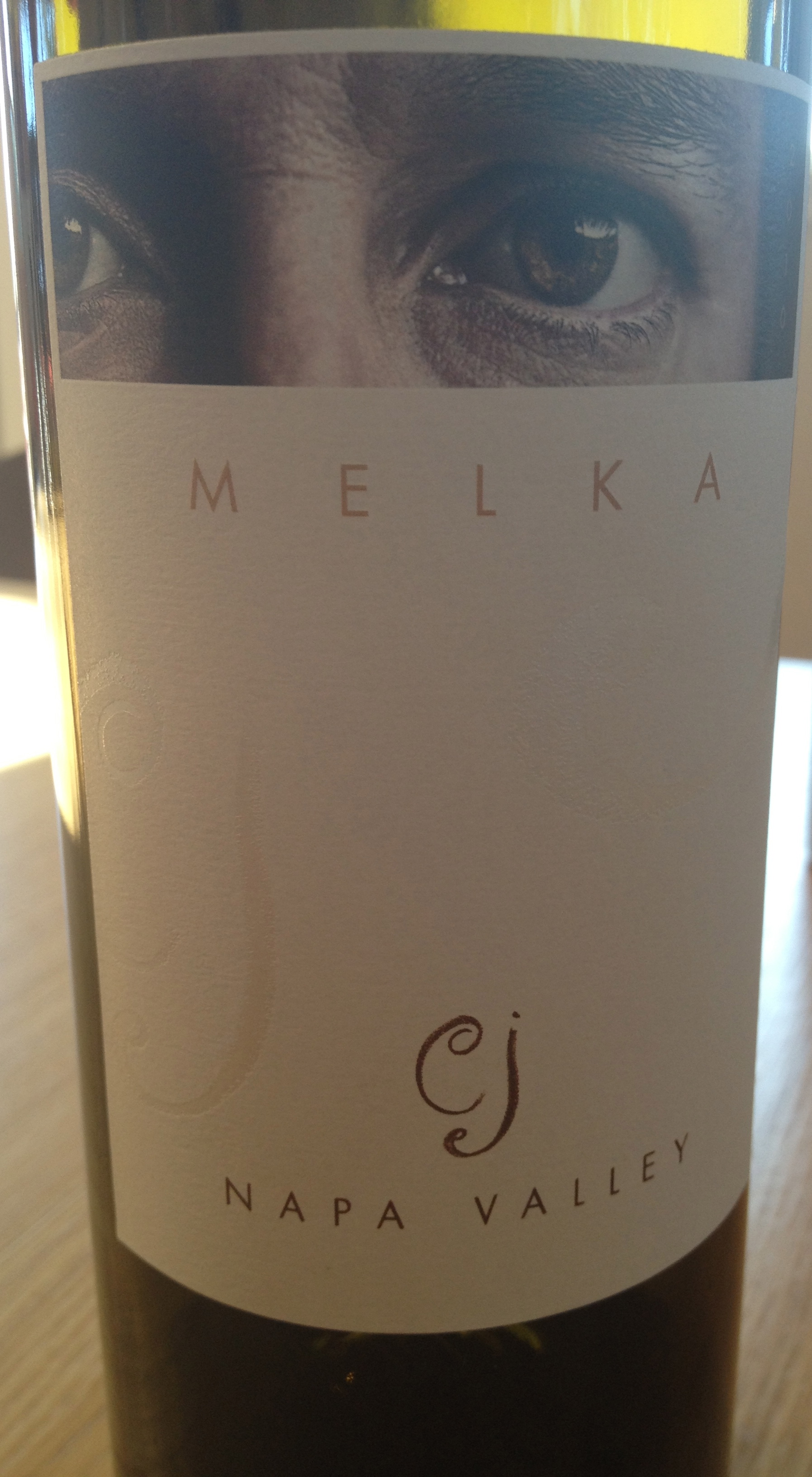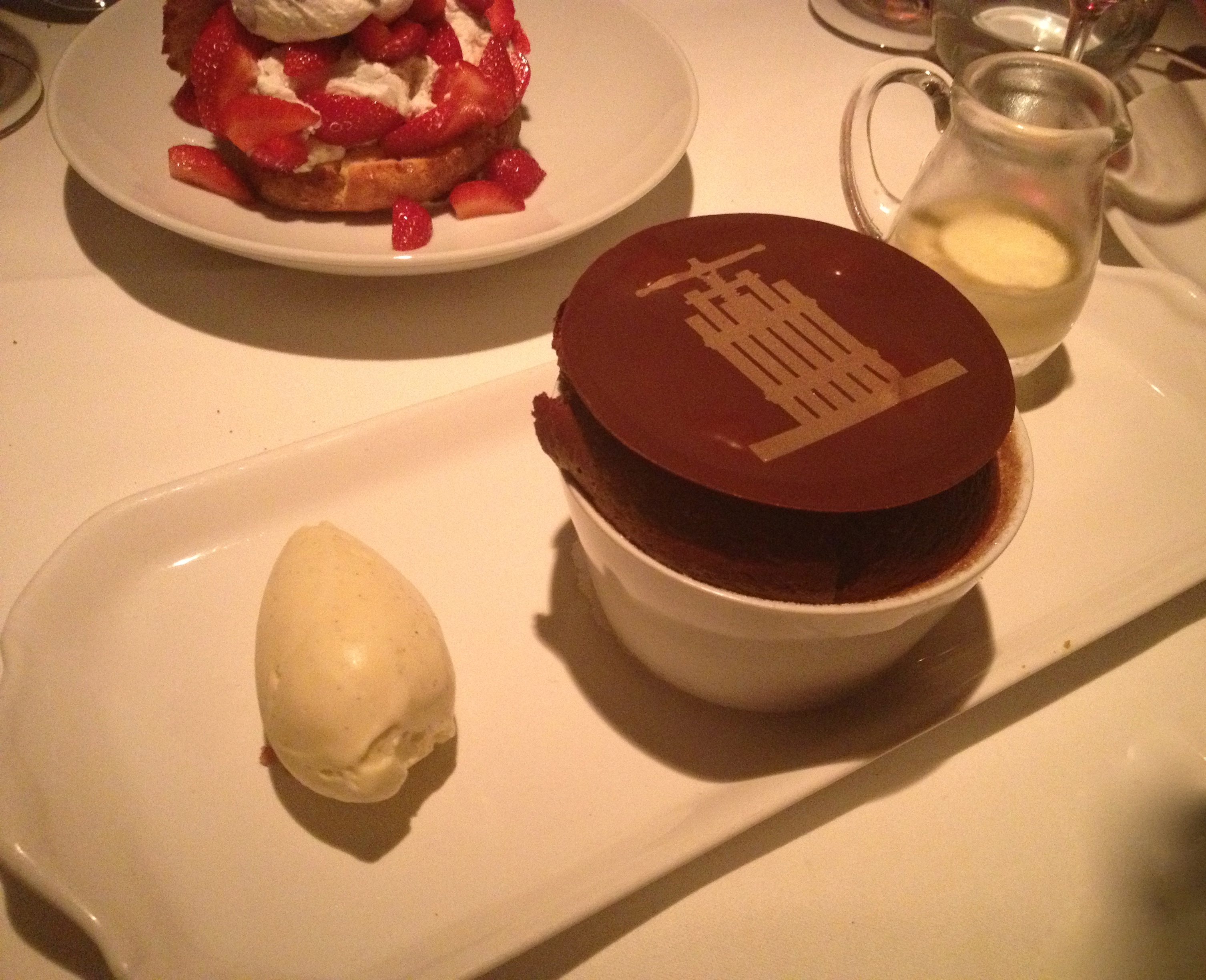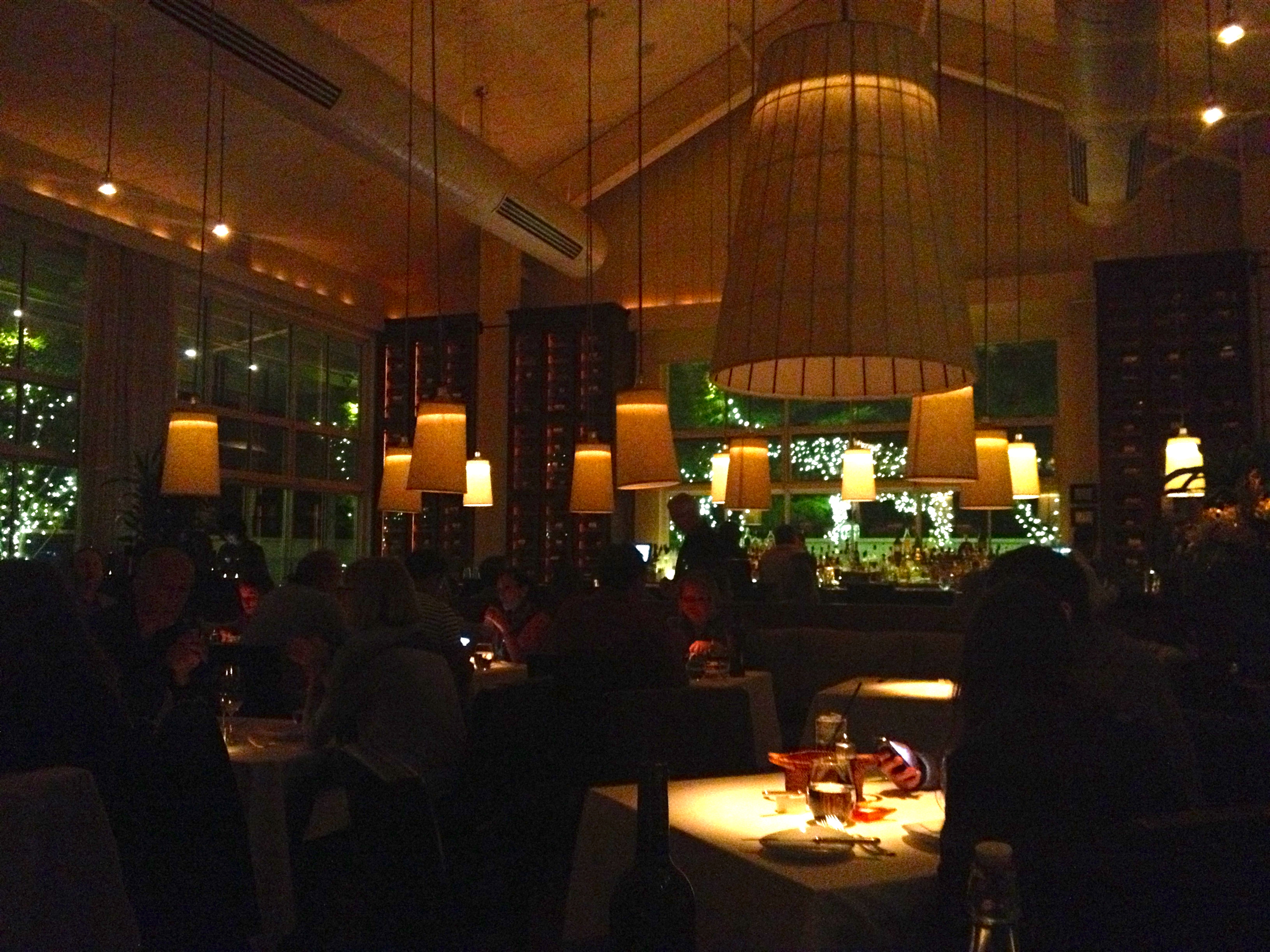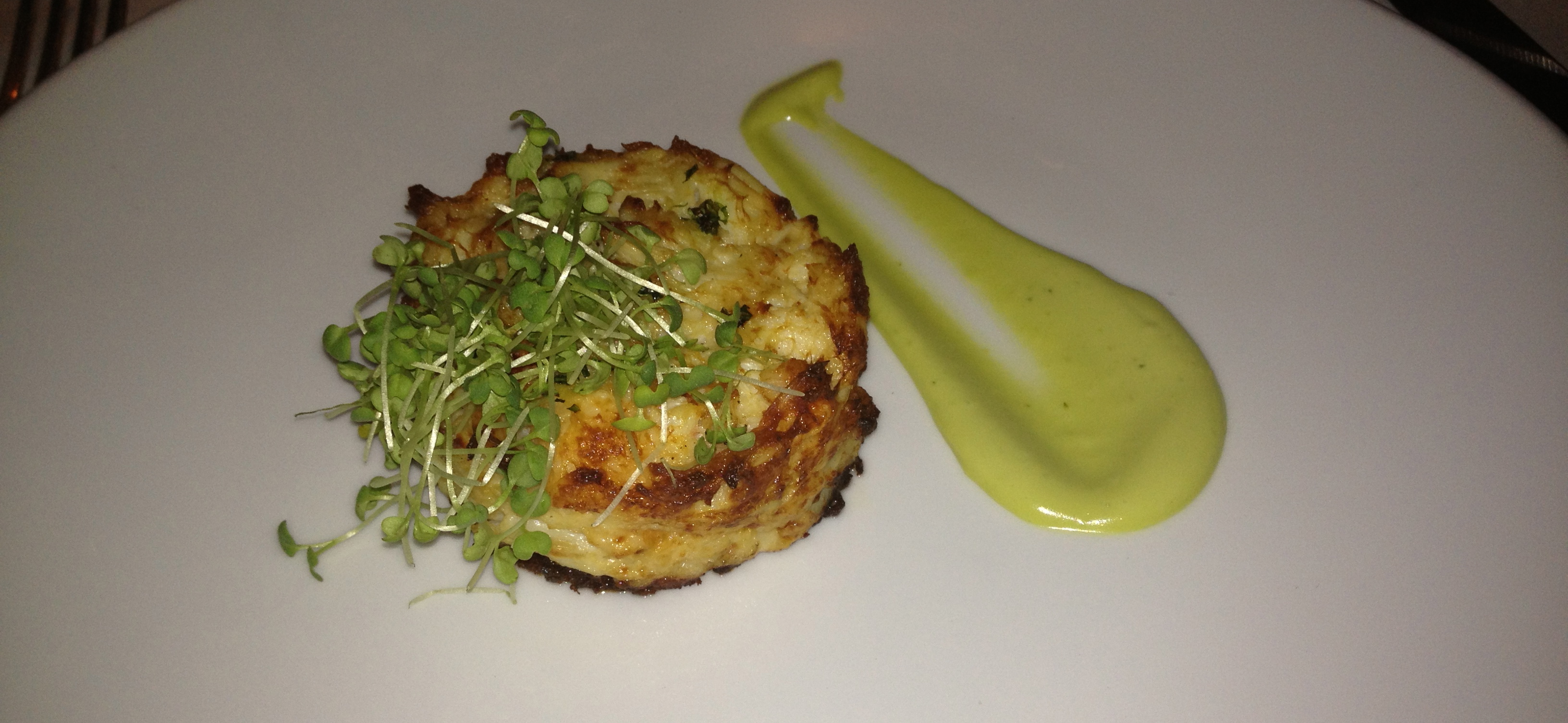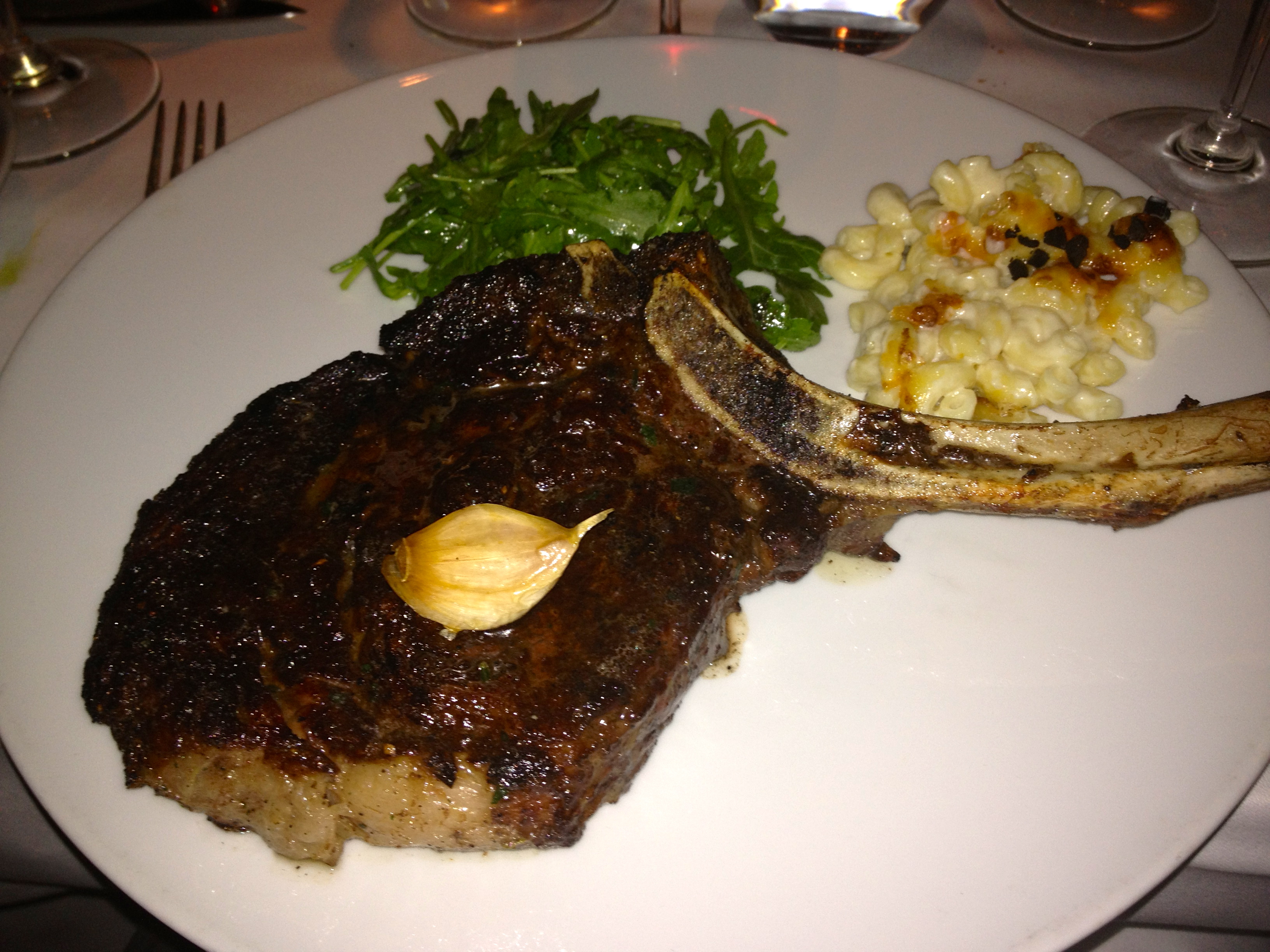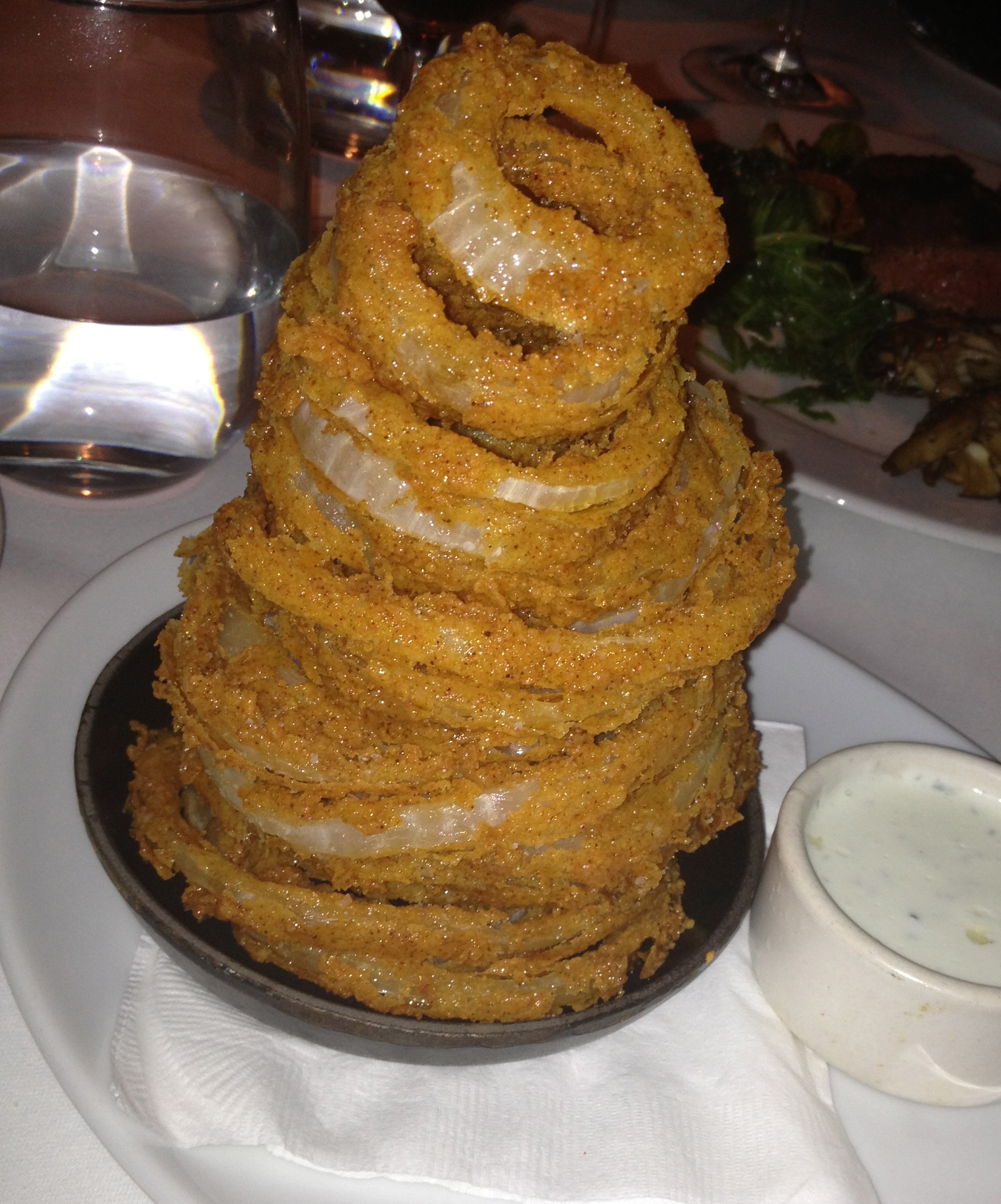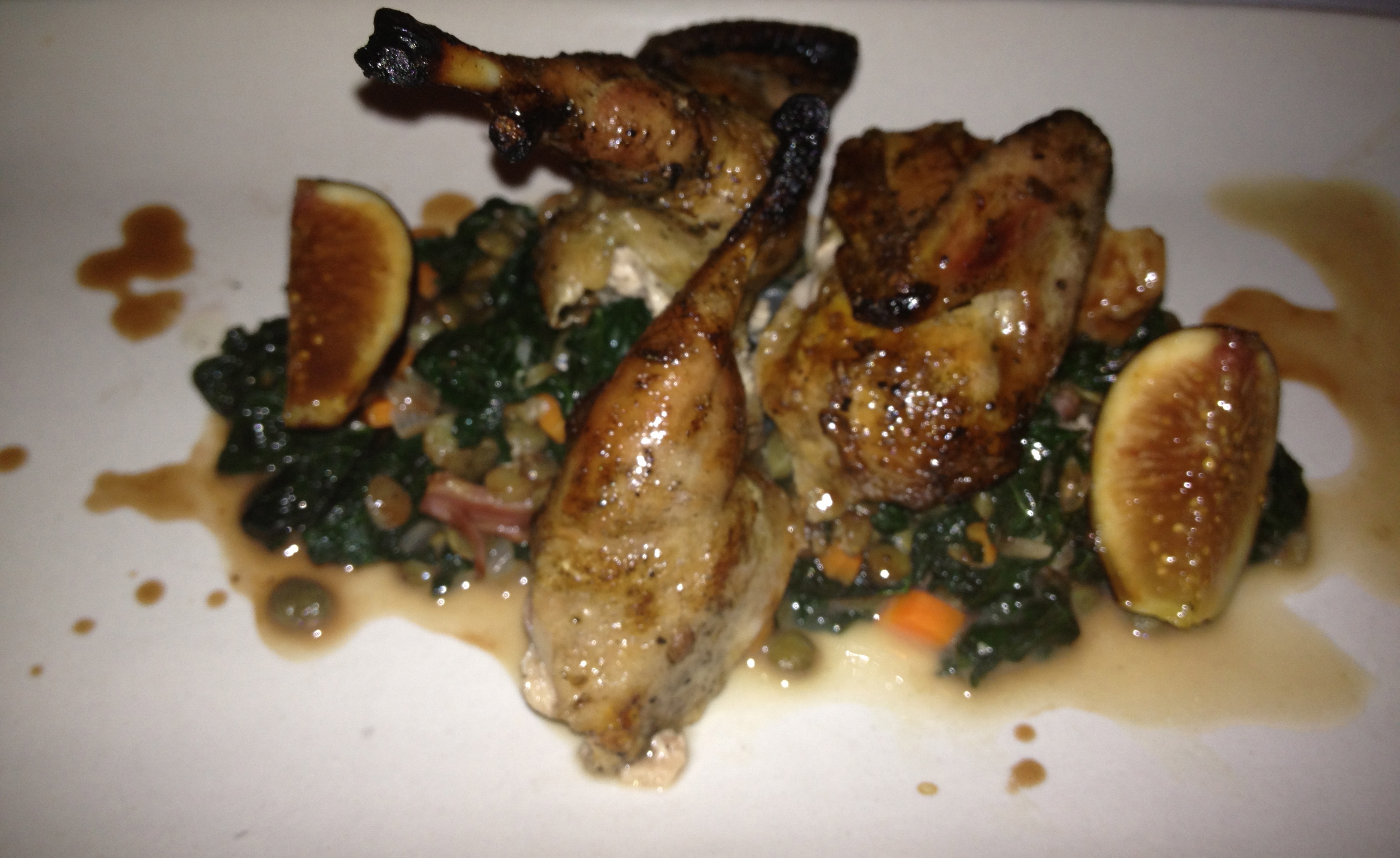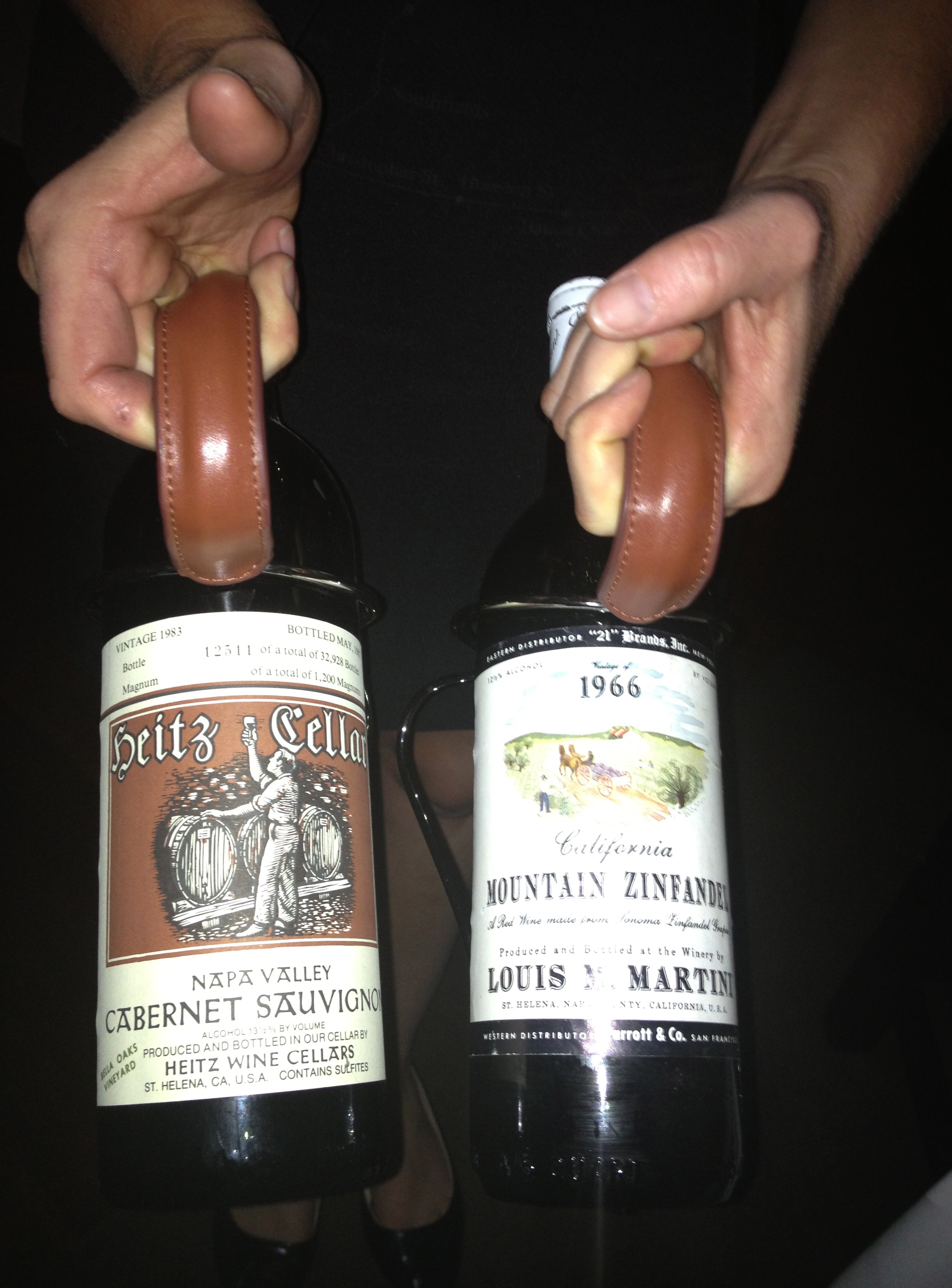Palmaz winery in Napa Valley – video
Palmaz winery is a family owned estate equipped with modern winemaking facilities in Napa Valley, California. Set in the midst of the sprawling property dwells their mostly underground cellar, where the highly regarded wines are made. Gravity winemaking is signature to Palmaz winery’s natural approach to wine. Must see is the impressive collection of antique cars, unprecedented even in the exuberant Napa Valley, that makes the visit entertaining for the entire family. While kids admire the centenary vehicles, you can indulge and sip on their exquisite range of white and red wines.
When in the Napa Valley, I interviewed the owners of these four outstanding family vineyards: Gargiulo, Martin Estate, Quixote and Palmaz.


